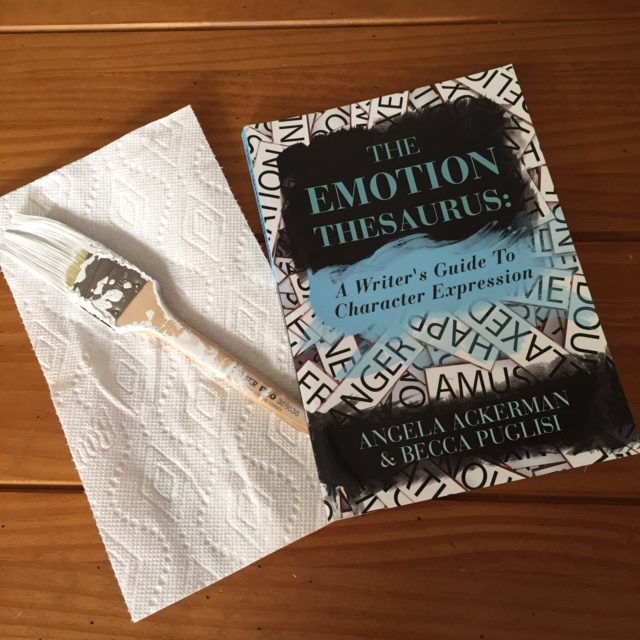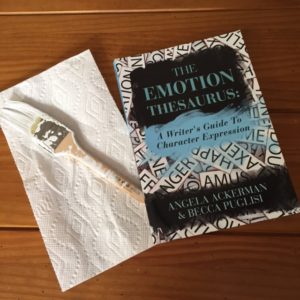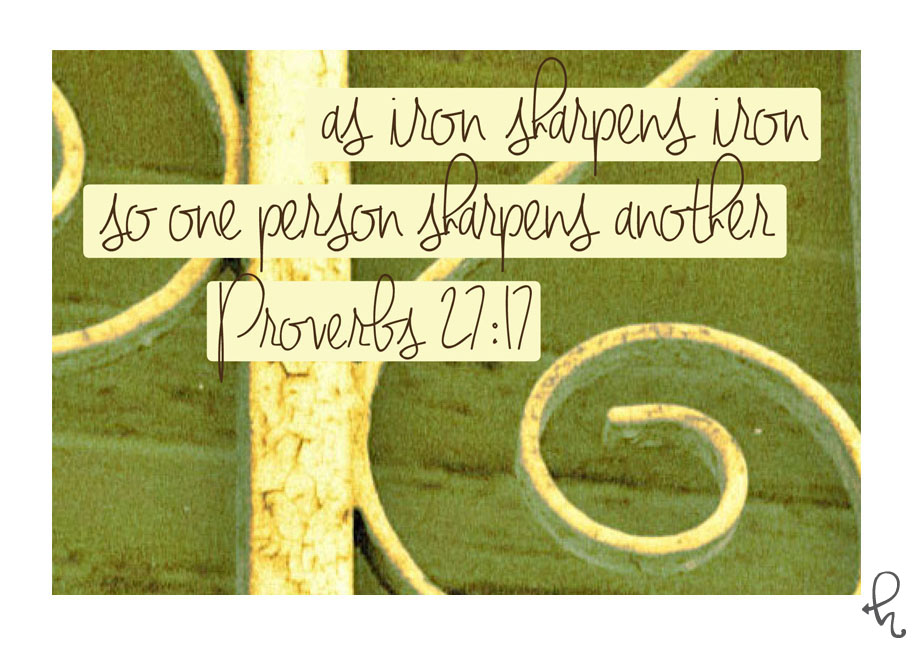Elaine Marie Cooper
We’ve been doing quite a bit of painting at our house lately. A lot of painting. Our goal is to put our house on the market and a fresh coat of paint makes a big difference in rooms that haven’t felt the strokes of a brush in some years. The fact that our unique home is nearing its centennial makes the need for fresh color even more important. First impressions matter.
But it’s been hard work! Can you say “aching muscles?” Even the tendons in my fingers are complaining. But add my neck, arms and seemingly every other muscle in my body and I know that I have labored. But the results will be worth it when it’s ready to present to the public and that “For Sale” sign appears in the yard.
Have you ever thought of your work-in-progress as a piece of art that needs readied for the marketplace? Our first, second, and even third drafts need the stroke of words that describe setting, emotion, and artistic flair that reflects our writer’s voice.
Consider the difference in these phrases:
“He felt ashamed” vs “His cheeks burned as he avoided the professor’s gaze.”
“He was angry” vs. “The veins in his neck bulged as he pointed his finger in his enemy’s face.”
“She was hurt” to “She clutched her stomach and moaned.”
“She felt guilty” to “She stuttered her words as her face flushed.”
The first phrase in each example is what they call “telling.” The second phrase is “showing.” These phrases paint a picture for the reader that brings the characters alive.
These examples of showing are just a few of the suggestions from “The Emotion Thesaurus” by Angela Ackerman and Becca Puglisi. These authors have a series of books on ways to describe characters and setting that can be artistic strokes of life for your book.
Like the strokes of my paintbrush will, hopefully, help my house be more marketable, so the goal of your artistic edits should be to help your novel or book be a better seller. And ultimately, that is the reason for edits: To create an unforgettable manuscript, beloved by many.
Happy editing!








No Comments